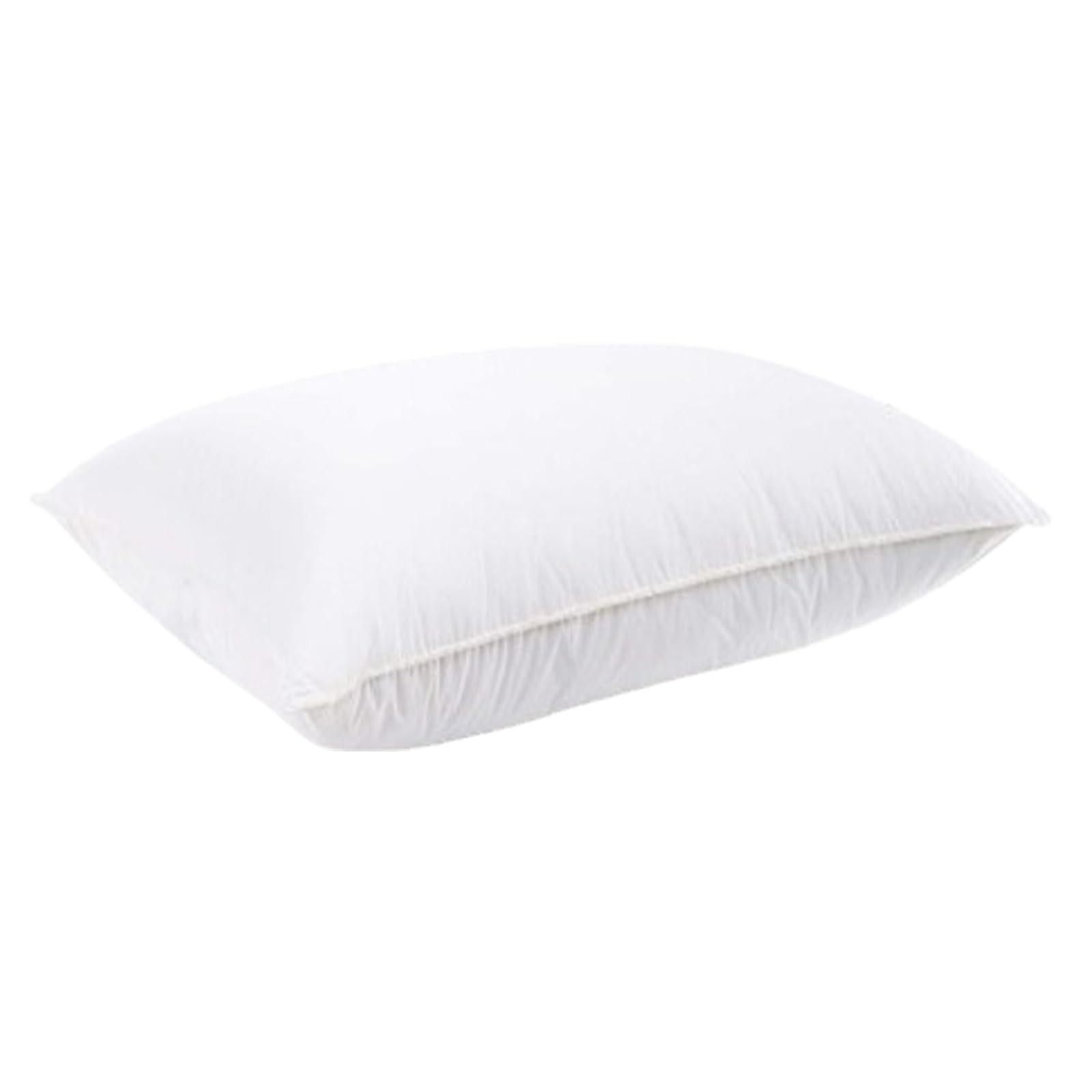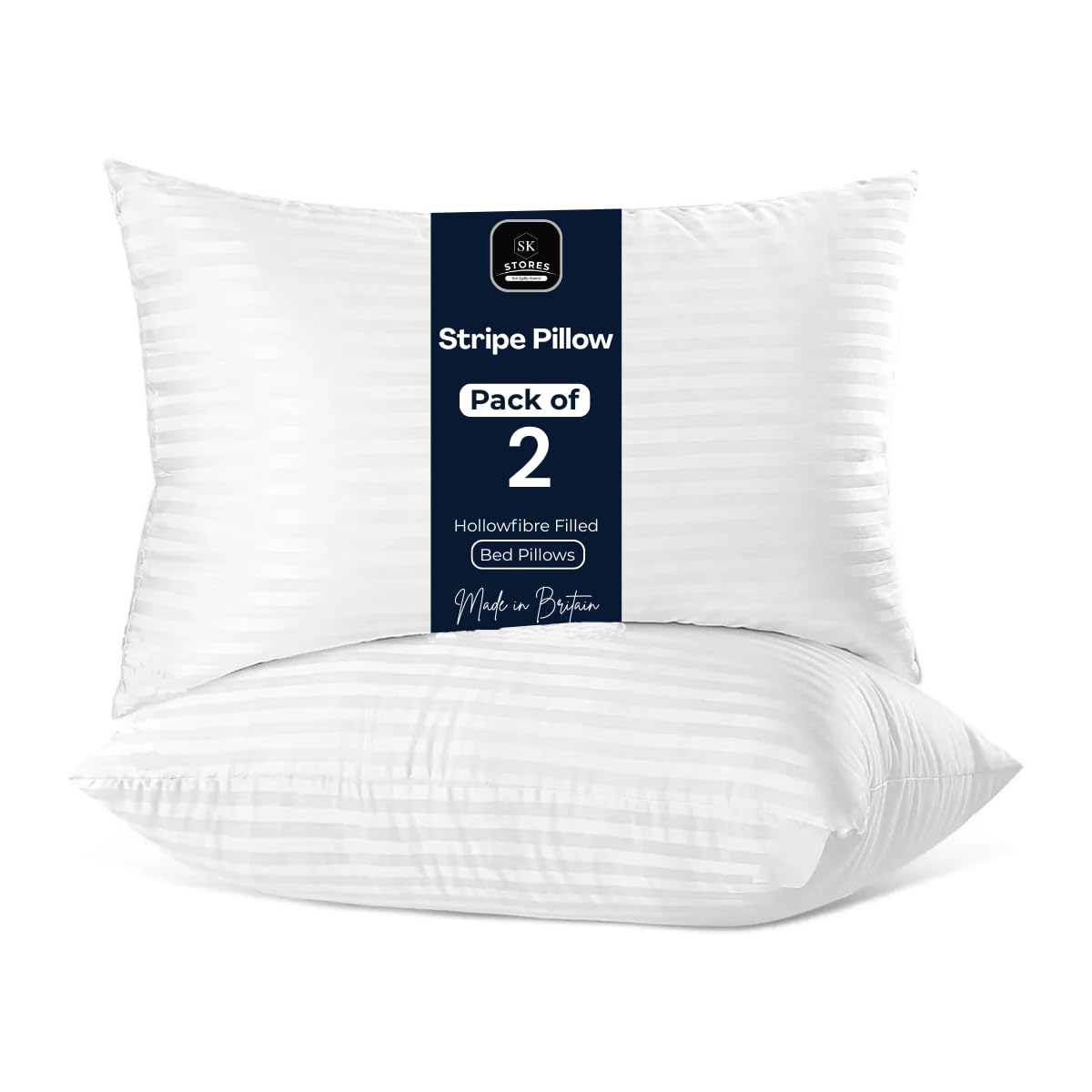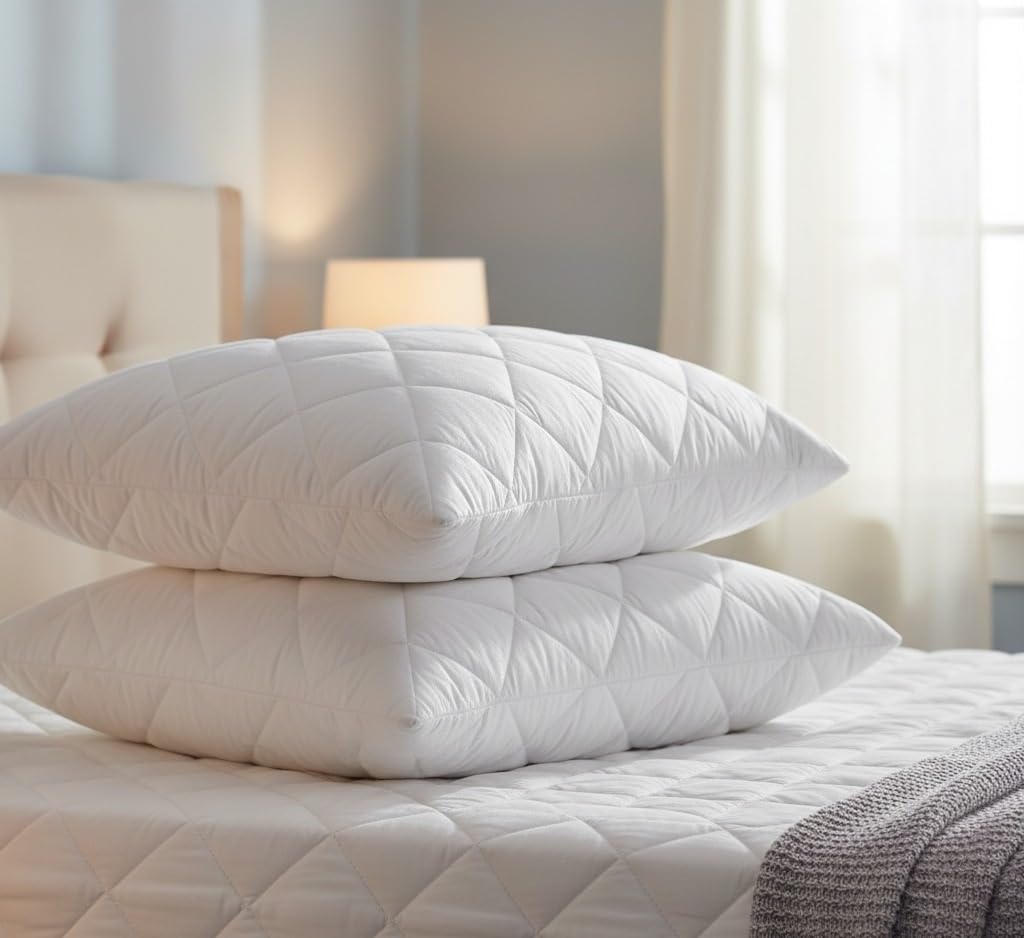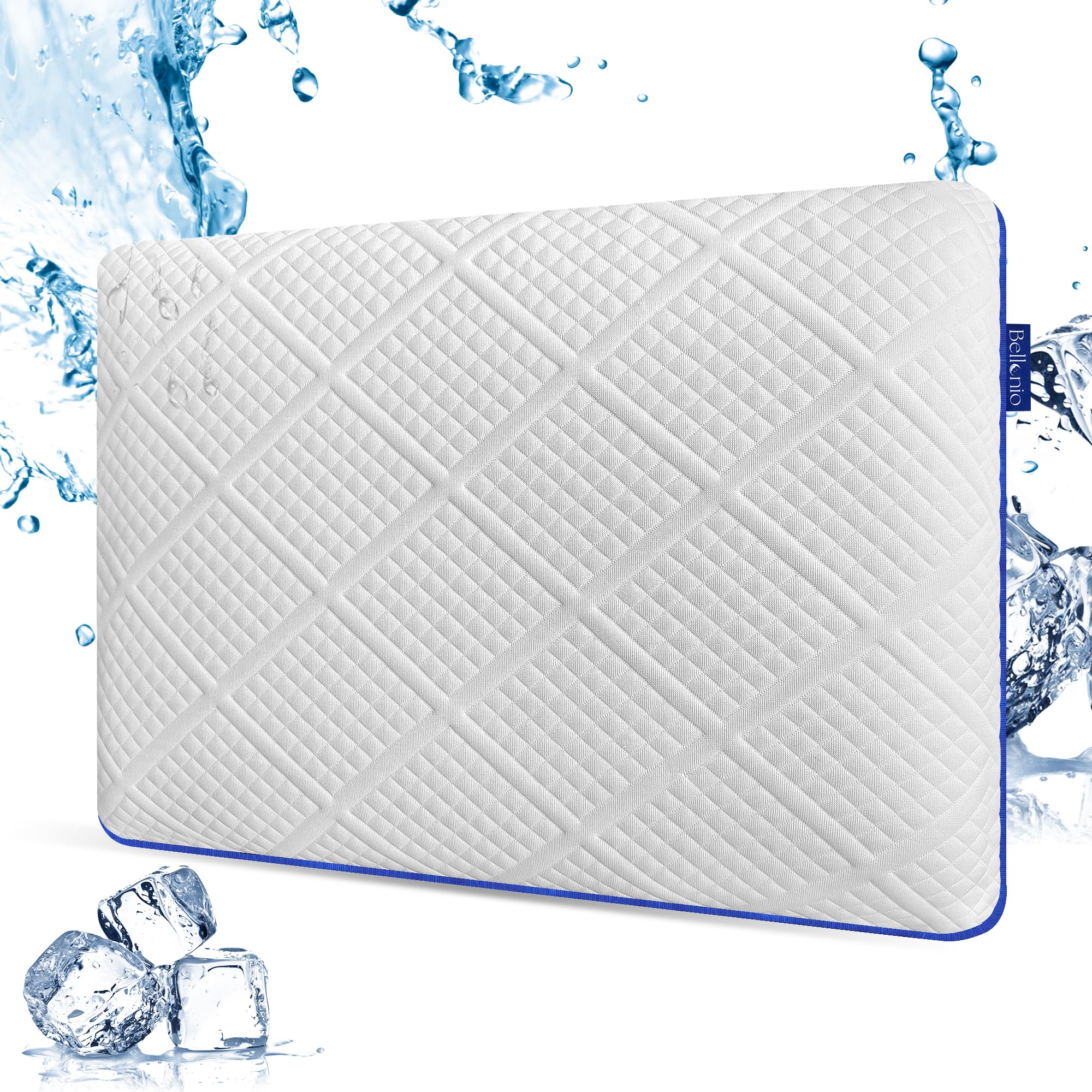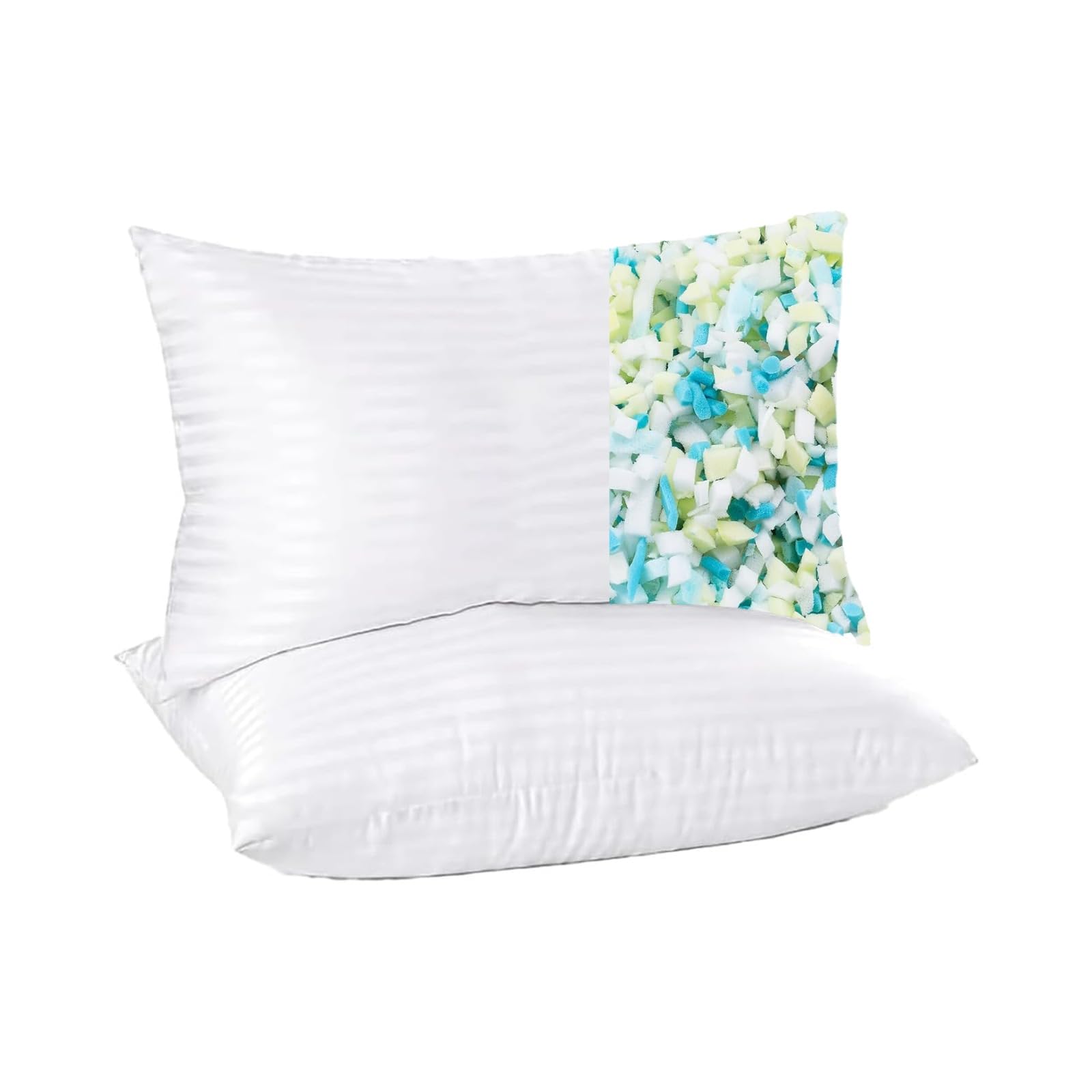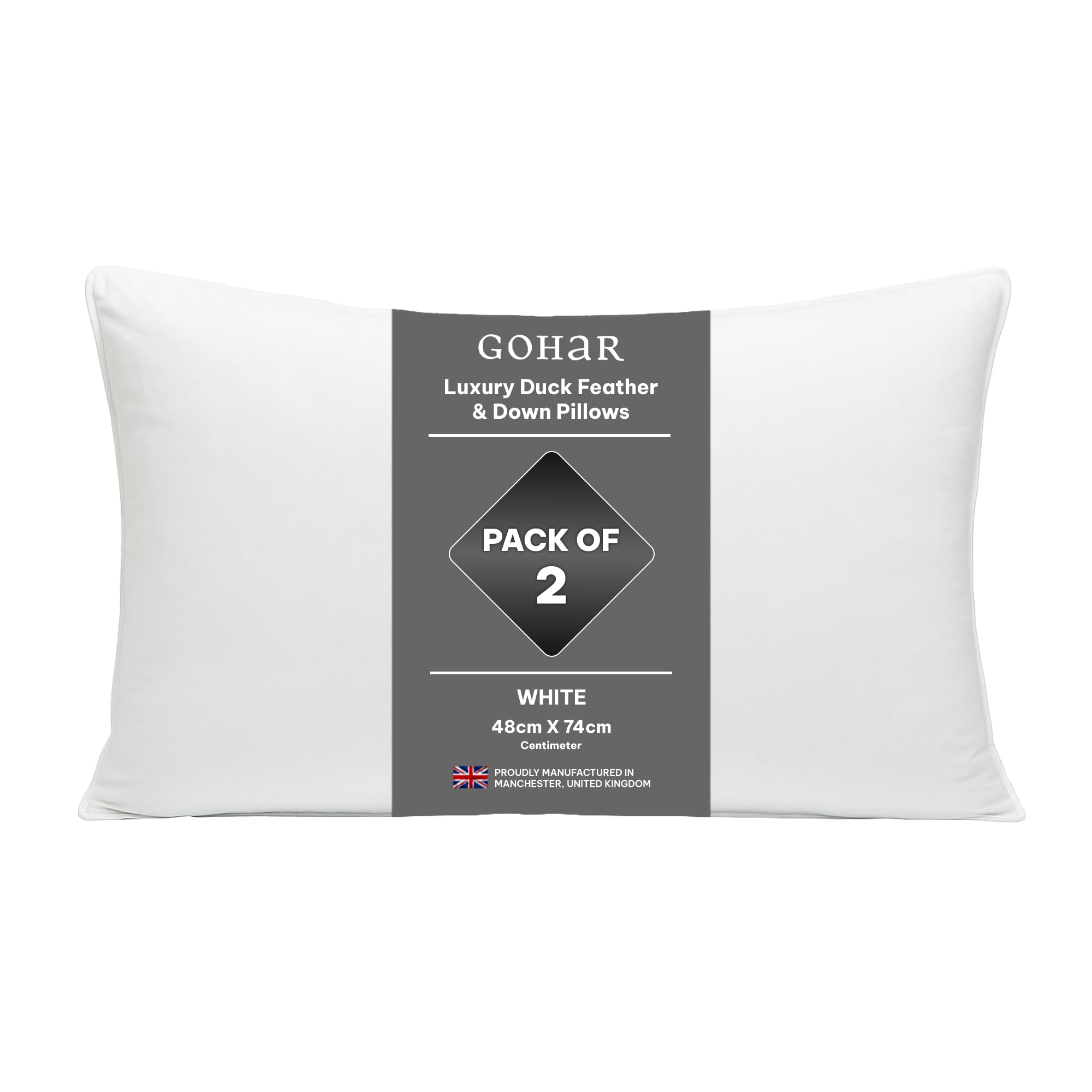Children grow quickly, and pillow needs change just as fast. The right time to introduce a pillow and the right height depend on age, size, and how your child sleeps. This UK guide explains when to start using a pillow safely, how to choose loft as kids grow, and how to keep pillows fresh and supportive without constant replacements.
Neck comfort starts with pillows matched to sleep position and consistent loft.
When to introduce a pillow
Babies under one year should not use pillows. Once a child moves to a toddler bed and shows signs of wanting head support, you can introduce a thin, soft toddler pillow. Start low and watch for signs of comfort rather than assuming bigger is better. Some toddlers sleep well without a pillow for months after moving to a bed.
Toddler and preschool years
Choose a small, low loft pillow that compresses easily. The goal is gentle support, not height. A firm tall pillow pushes the head forward and can strain the neck. Washable fibre pillows are practical at this stage. Use breathable pillowcases and wash them frequently. Keep a spare pillow ready for quick swaps after spills or illness.
Primary school ages
As children grow, shoulder width increases and a medium loft pillow becomes comfortable, especially for side sleeping. Adjustable fibre pillows let you remove fill for smaller children and add some back as they grow. For back sleeping, stay on the lower side of medium loft so the chin does not tuck. Avoid very tall pillows that encourage mouth breathing by pushing the head forward.
Teens and rapid growth
Teenagers may need an adult size pillow with medium loft, matched to their sleep position. Side sleepers often benefit from more height; back sleepers need moderate support. Adjustable shredded foam pillows can be tuned as growth spurts happen. Teach teens to check alignment with a quick side photo so they can feel the difference between comfy and craned neck positions.
Hygiene and replacements
Kids’ pillows see more spills and rough handling. Use pillow protectors and wash cases weekly. Replace fibre pillows more often, sometimes every six to twelve months, as they flatten. Foam or latex can last longer for older children, but always match height to body size. If morning stiffness or blocked noses become common, consider whether a tired pillow or dusty protector is part of the problem.
Allergies
Choose washable pillows and protectors if allergies are present. Wash hot when the fabric allows. Keep bedroom humidity in a comfortable middle band to discourage dust mites. Fresh, breathable bedding often makes mornings easier for sensitive children.
Washable designs by size and loft appear in children’s pillows. Complete the bed with breathable sheets and an easy‑care mattress protector.
FAQs
What age should a child get a pillow?
After age one and usually when moving to a toddler bed. Start with a thin, soft pillow and observe comfort.
What loft suits a seven year old?
Often a low to medium loft, adjusted for side or back sleeping. Avoid very tall pillows that push the head forward.
Are memory foam pillows safe for children?
For older children and teens, yes when properly sized and ventilated. For toddlers, stick with soft, low fibre pillows that are washable.
